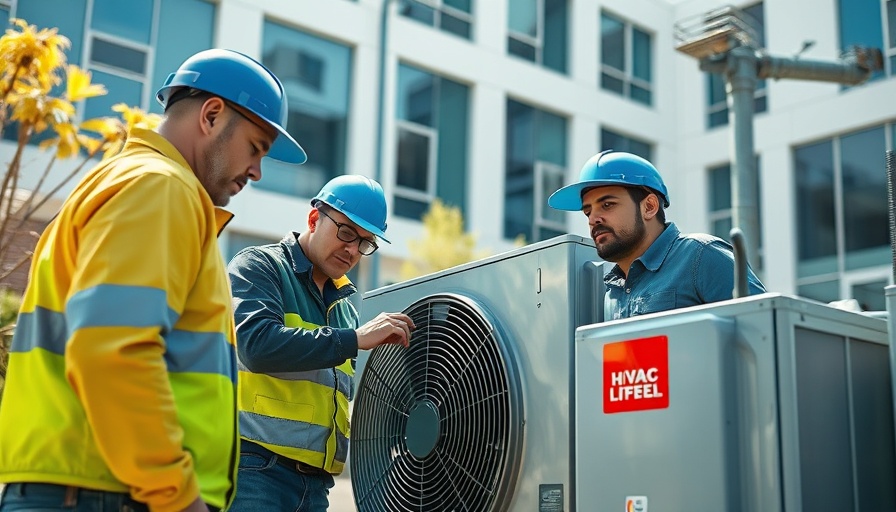
Understanding Common HVAC Missteps and Debunking Myths
When it comes to maintaining heating, ventilation, and air conditioning (HVAC) systems, even seasoned facility departments can uncover a host of persistent missteps. From the mistaken belief that newer systems require little maintenance to neglecting essential humidity control systems, these errors can compromise efficiency, comfort, and air quality. The reality is, effective HVAC management goes far beyond simple operational checks; it demands a structured, proactive approach.
The Dangers of Reactive Maintenance
One of the most significant mistakes facility managers make is relying on a reactive maintenance strategy. Only springing into action after a system fails leaves facility managers scrambling during emergencies. By that time, damage may have already occurred, costing more in repairs and operational downtime. Implementing a proactive, planned maintenance schedule, as suggested by HVAC manufacturers, ensures these critical systems remain functional and reliable.
Humidity Control: A Key Oversight
Often dismissed as secondary, humidity control systems are crucial for maintaining indoor air quality and overall comfort. Ignoring these systems can lead to long-term building damage and affect occupants' health. Regular inspections, including checking dispersion panels and performing water quality tests, can catch issues before they escalate. This proactive focus on humidity not only supports equipment longevity but also enhances overall workplace wellness.
Separating HVAC Fact from Fiction
Common myths contribute to facility departments overlooking critical maintenance tasks. For instance, the belief that dormant systems don’t need checks can lead to inefficiencies. In reality, all parts of an HVAC system, regardless of usage frequency, require periodic inspection to ensure their optimal functionality. By dispelling these misconceptions and adhering to maintenance best practices, facilities can avoid the pitfalls linked to HVAC neglect.
The Value of Water Treatment Systems
Neglecting water treatment systems can lead to visible scaling and severe equipment failure, both of which can incur a hefty cost. Scheduled maintenance ensures that these systems are regularly flushed and chemically balanced to prevent accumulation and degradation of HVAC components. By prioritizing the management of water treatment and humidity maintenance, facilities can secure not only operational efficiency but also create healthier indoor environments for their occupants.
Creating Effective Maintenance Schedules
To achieve HVAC longevity, collaboration across departments is vital. Technicians, including those managing IT systems, should align priorities and ensure that manufacturer recommendations for Integrated Total Maintenance (ITM) are followed. With this alignment, facilities are better positioned to maintain their HVAC systems efficiently, ensuring a comfortable and safe environment for all building users.
 Add Row
Add Row  Add
Add 




 Add Row
Add Row  Add
Add 

Write A Comment